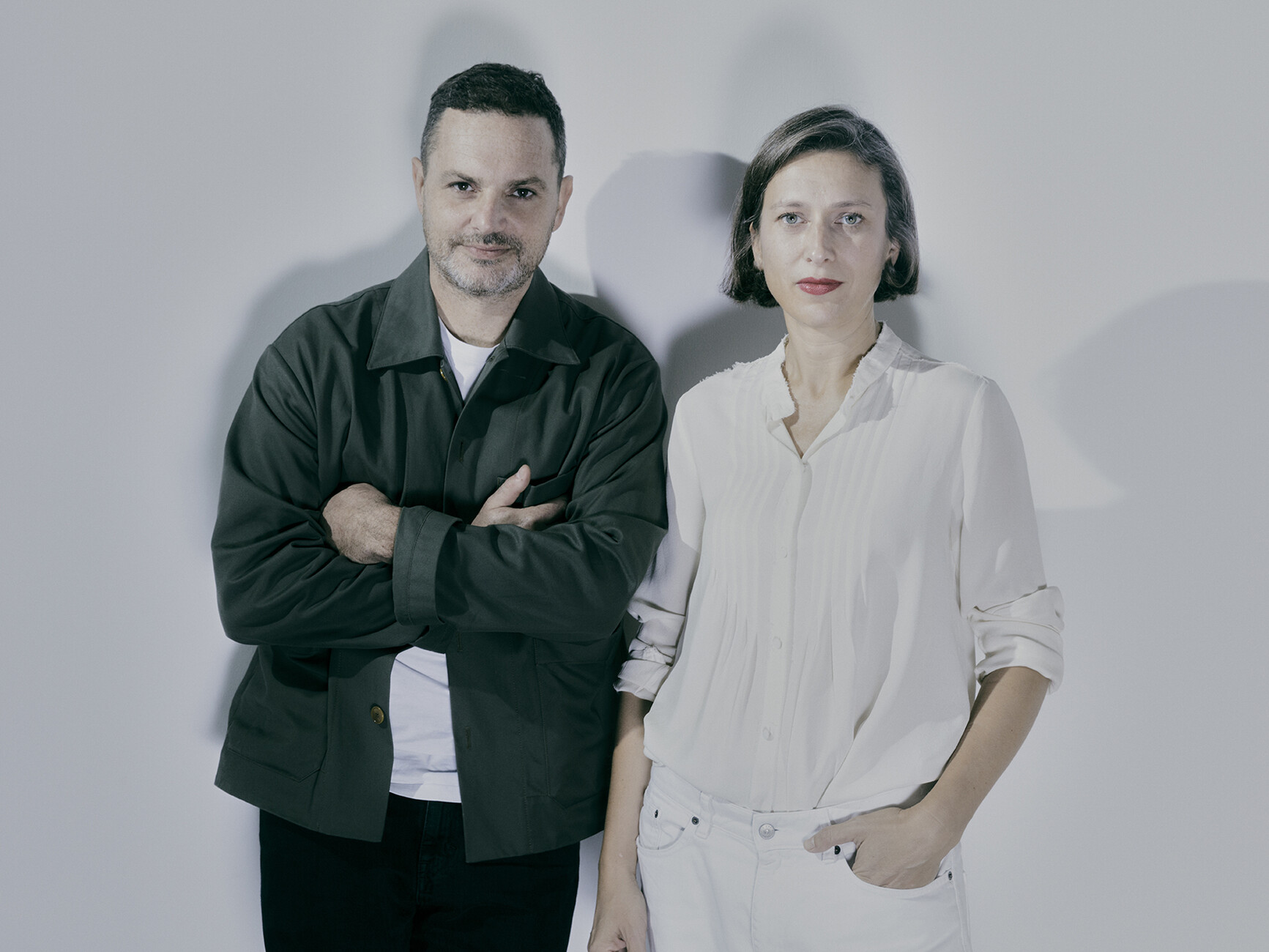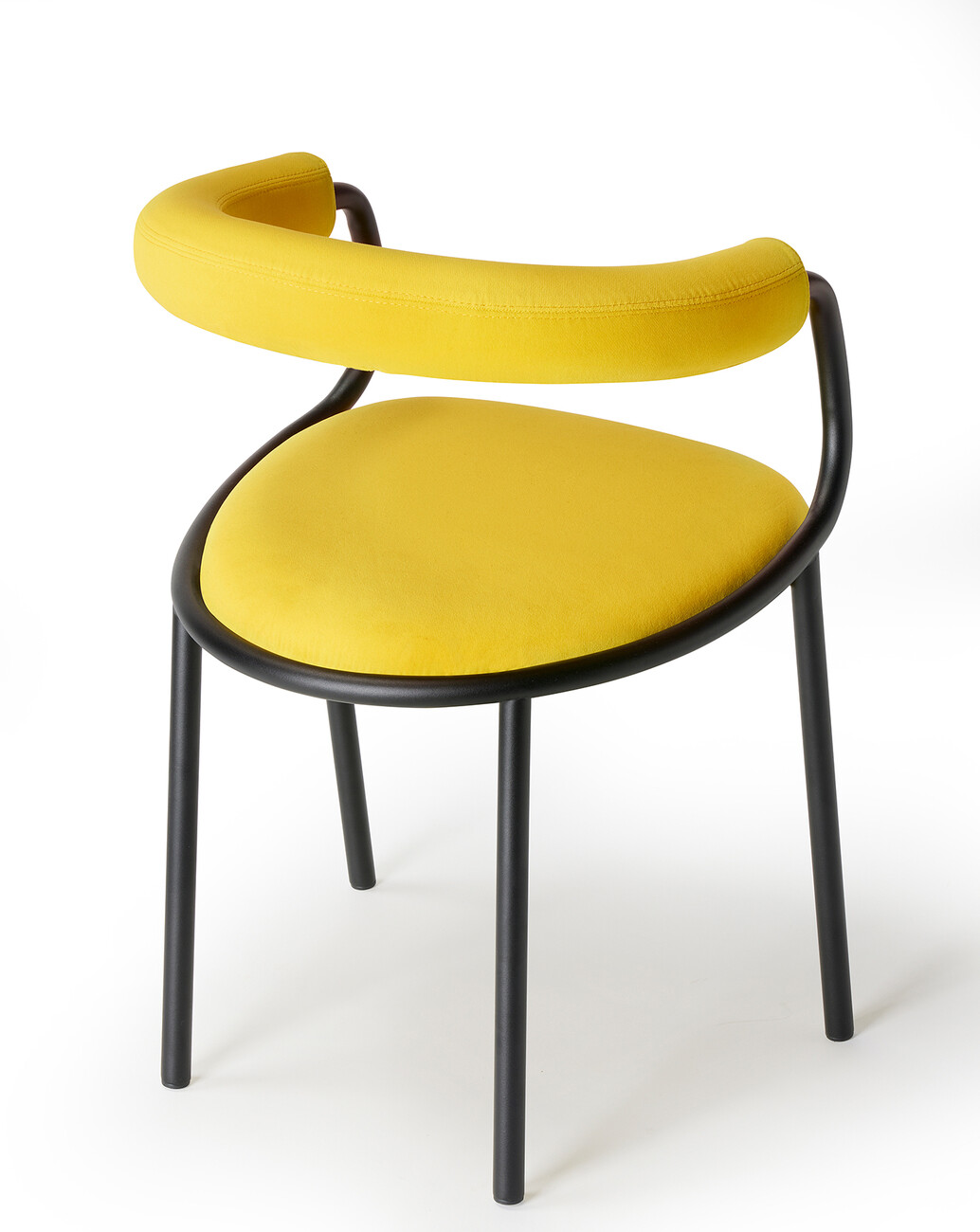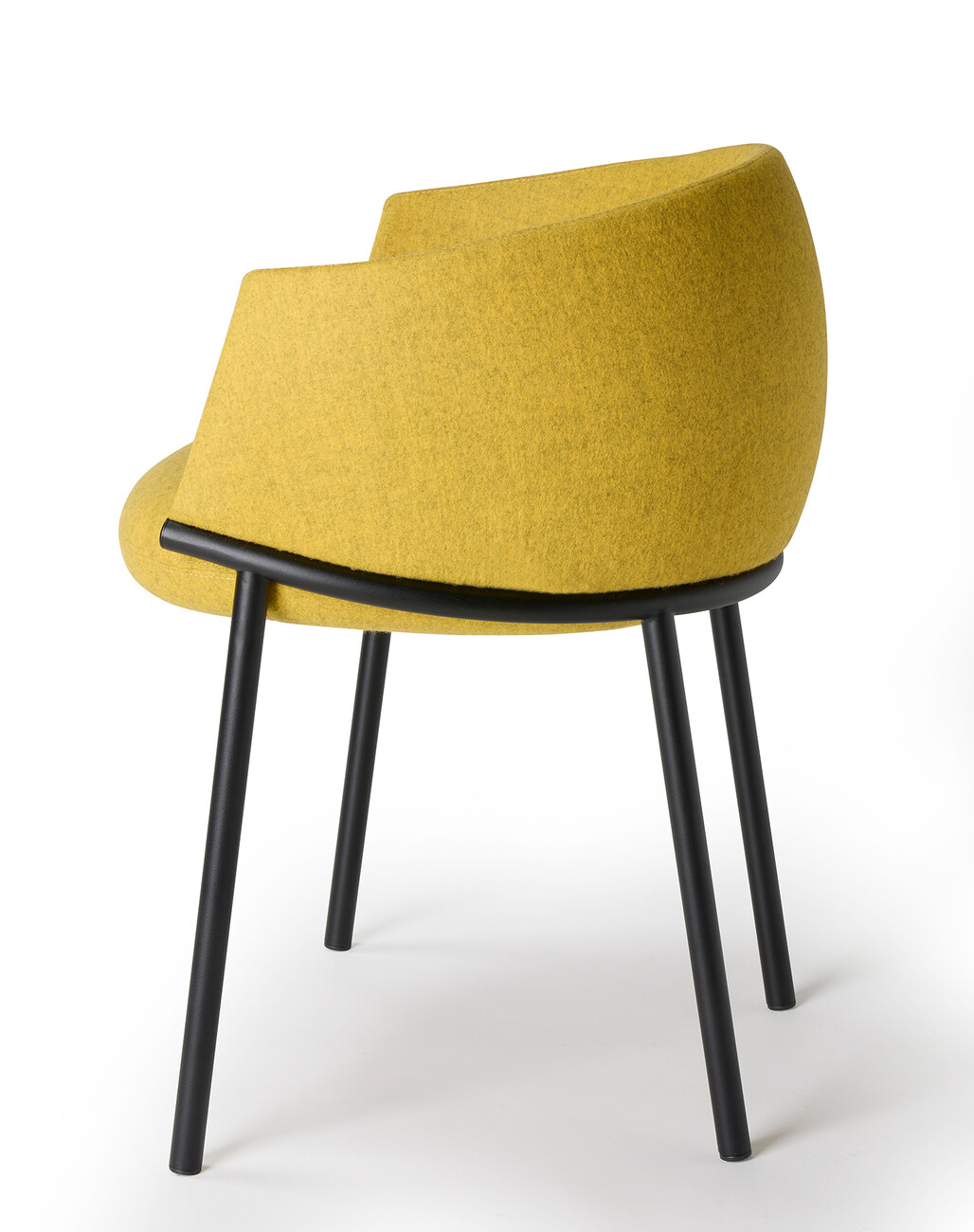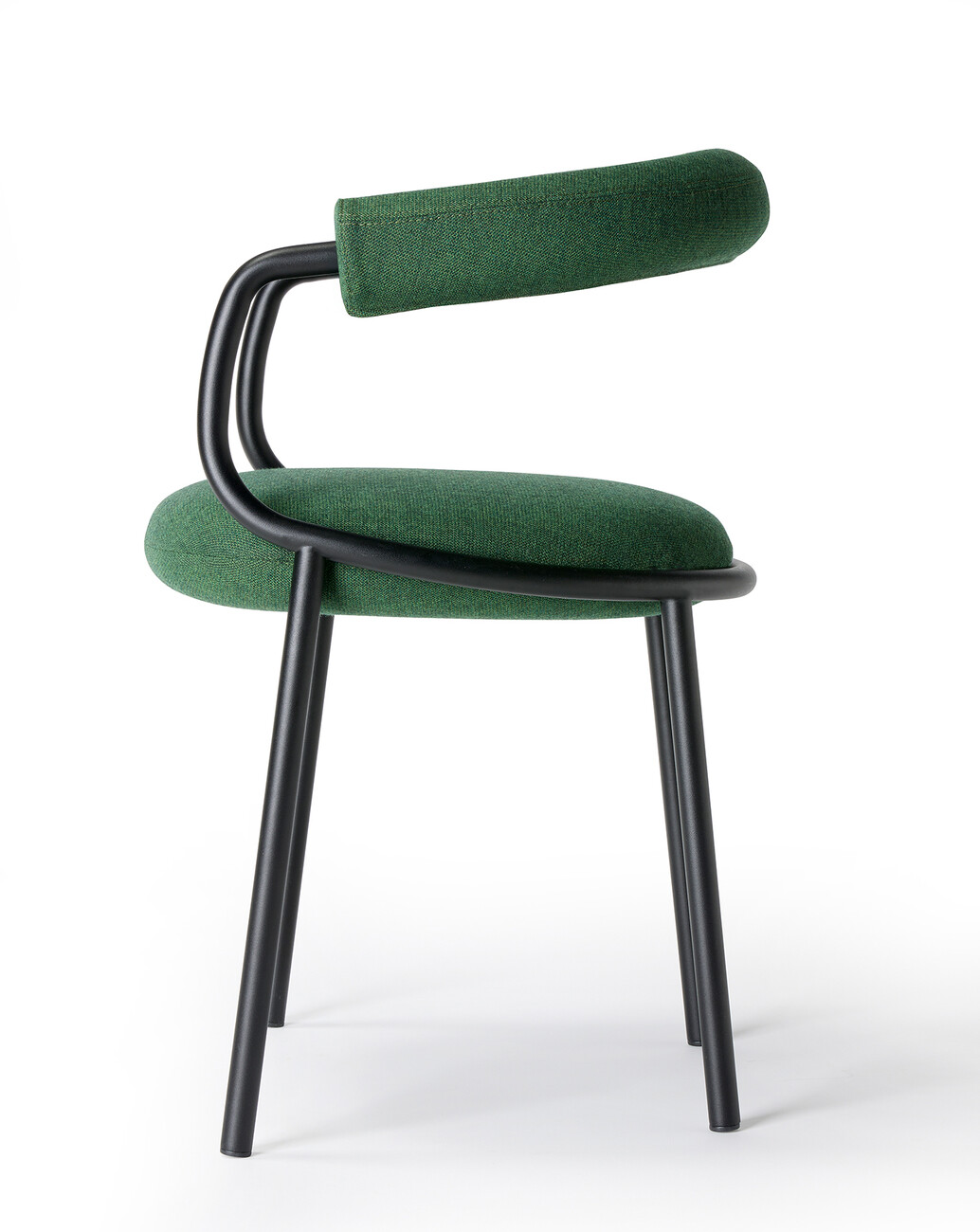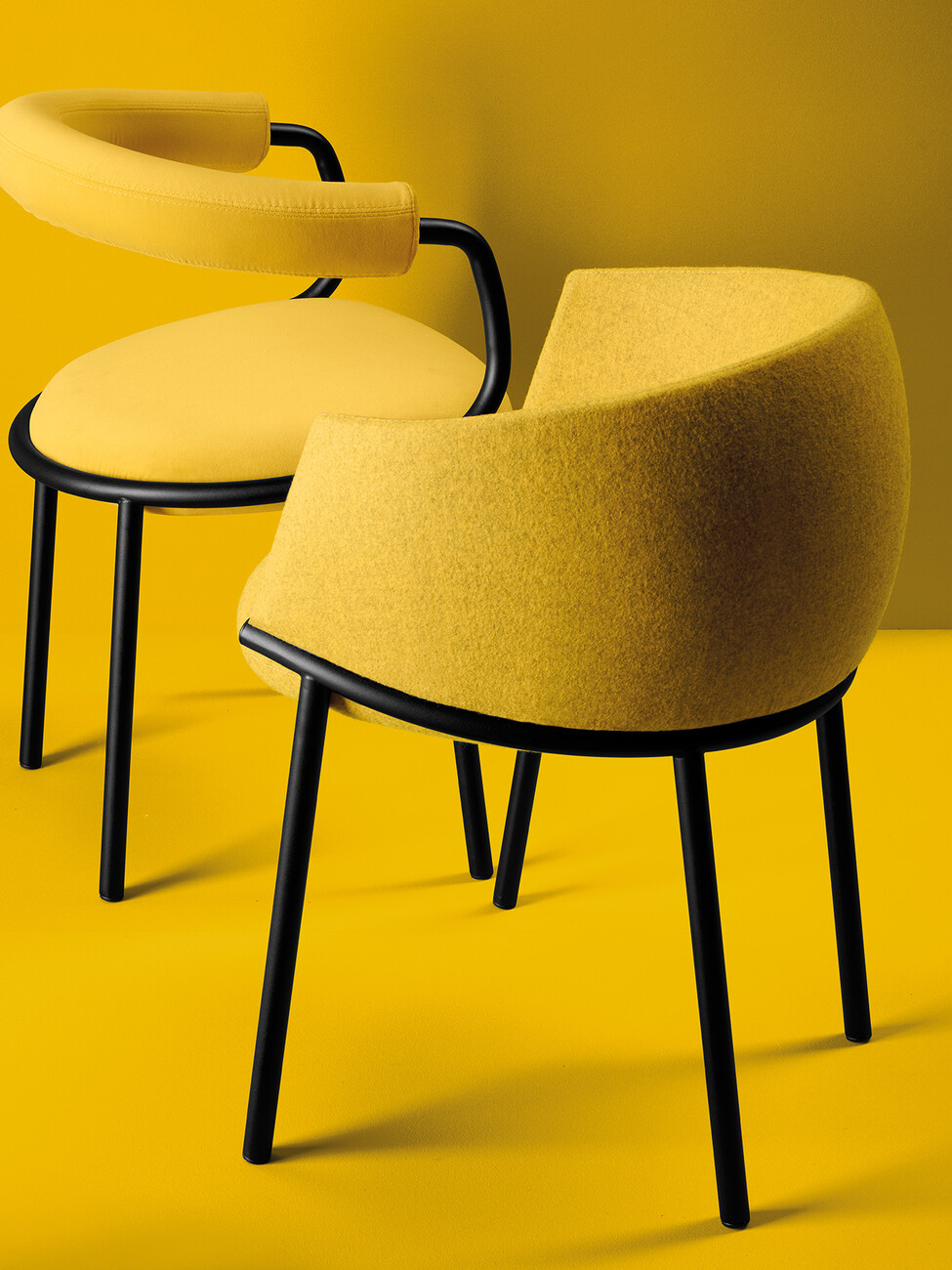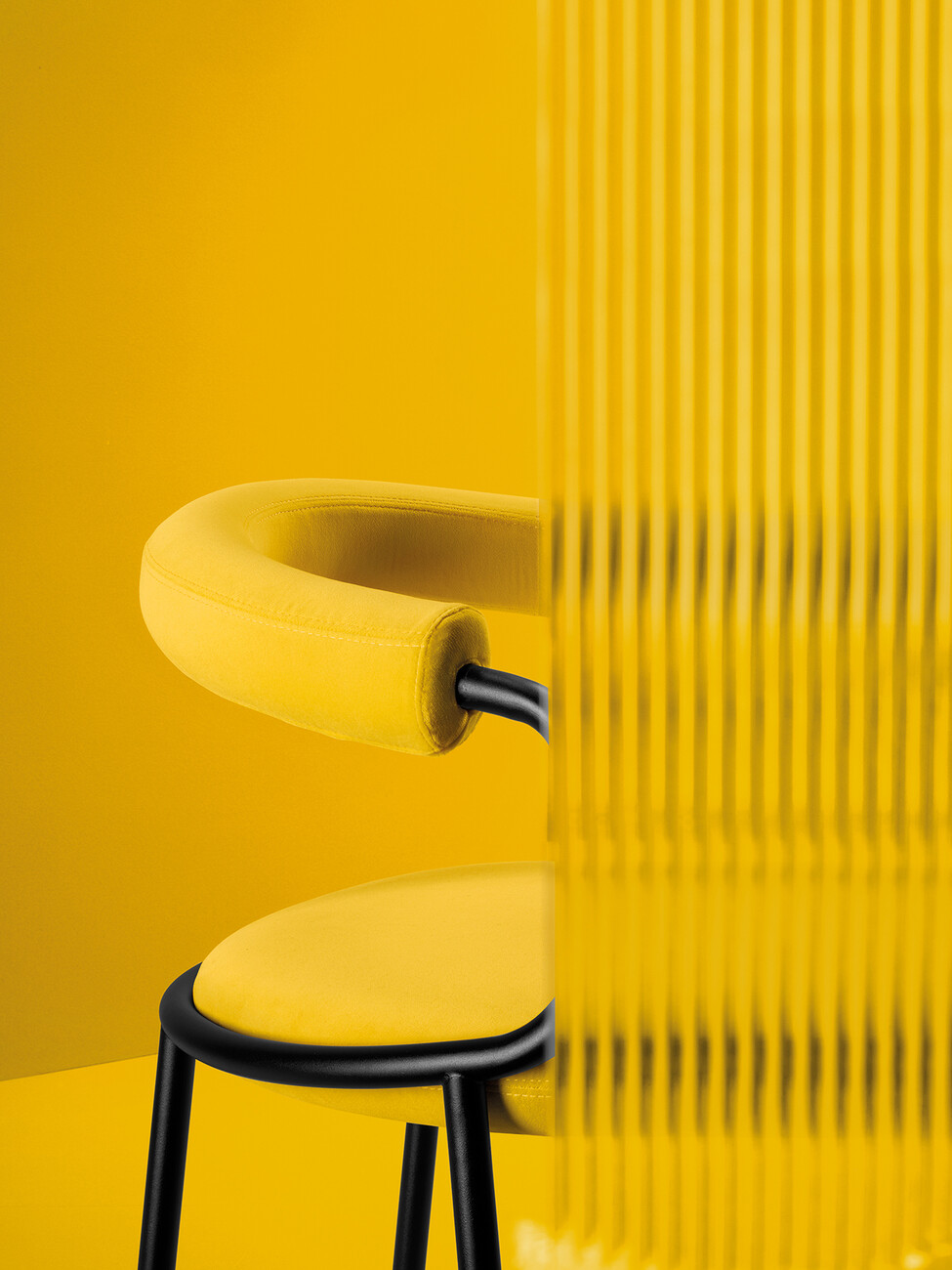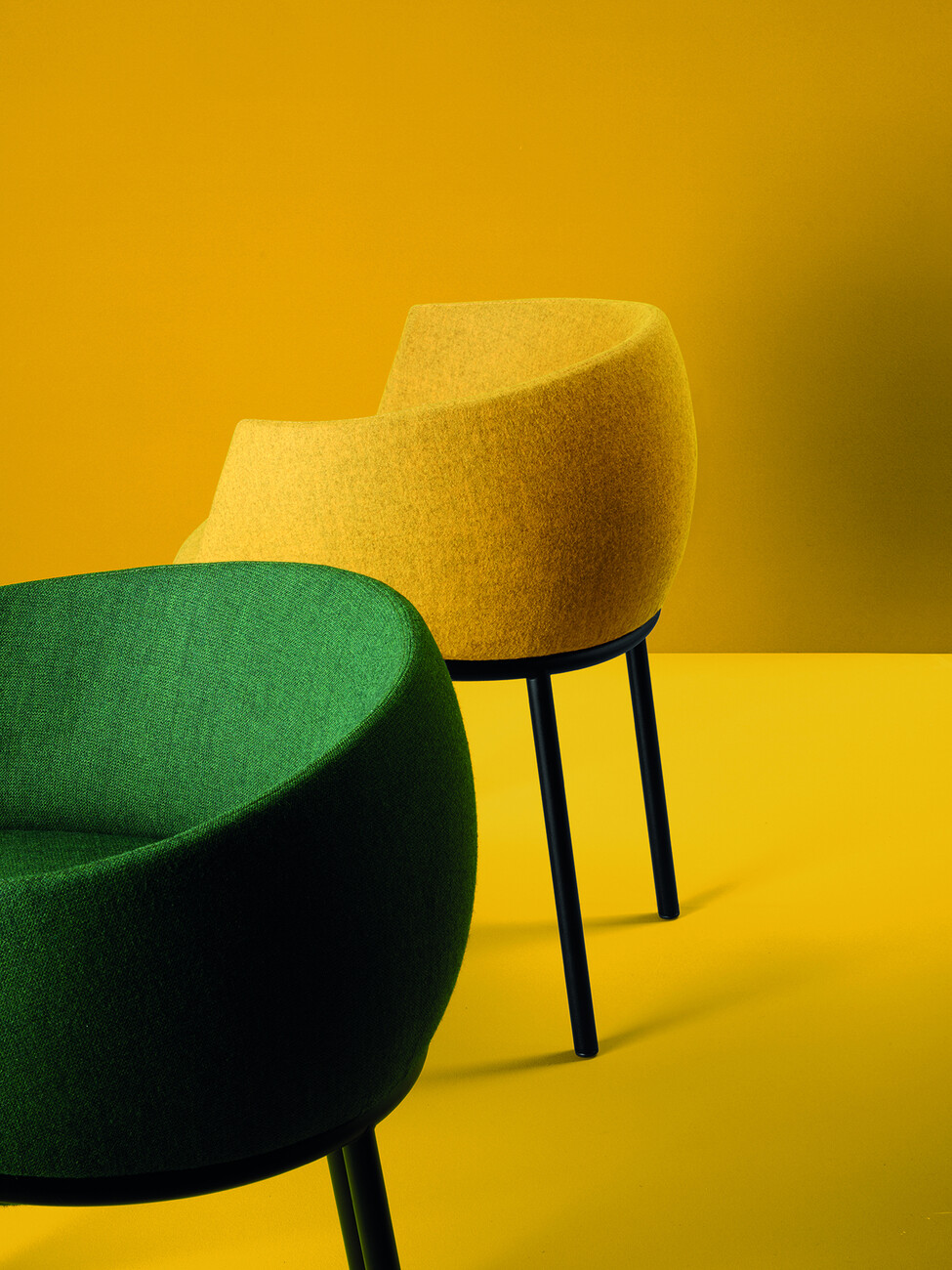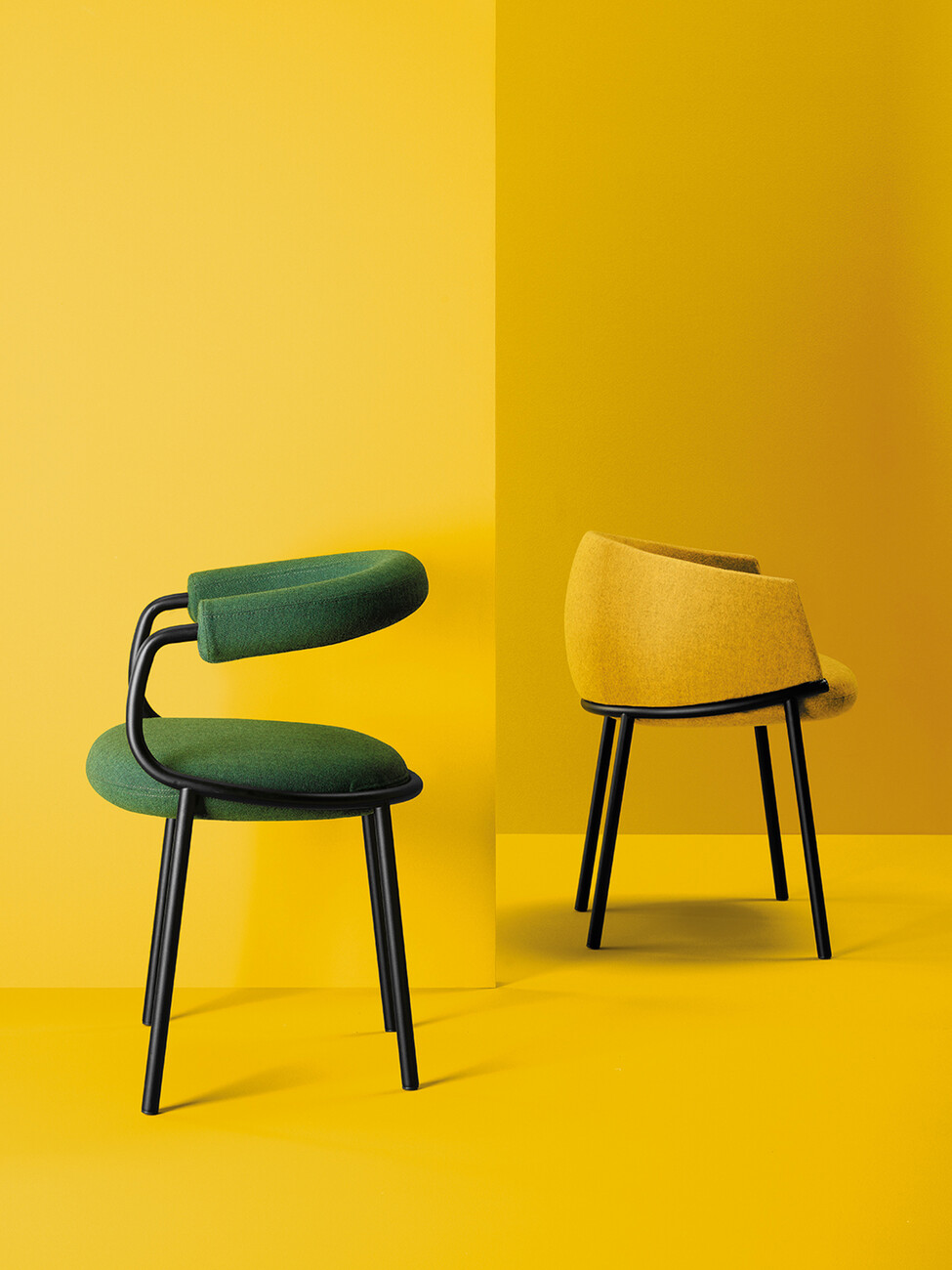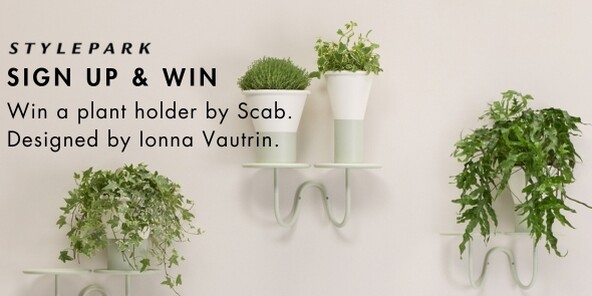Featured
A fresh perspective
Anna Moldenhauer: How did the collaboration with S-CAB come about?
Marco Zavagno: Industrial designer Alessandro Stabile put us in touch with S-CAB, and when we visited the company, we felt a great energy among the people who work there. The start of our collaboration was quick; it just clicked. It's great to work with a team that is open to new ideas and also has the will to find new ways of doing things.
How was the briefing?
Marco Zavagno: The goal was to create seating furniture for the contract market that offers a high level of comfort. We decided on two versions, a closed form and a further development of the same, which offers the possibility of thinking bigger in terms of the vision behind this design.
Enrica Cavarzan: The structure of the chair was the main idea. We built on that, using contrasts such as different materials. In addition, the basic frame had to be suitable for both indoor and outdoor use.
Was the idea for two versions there from the beginning, or did it emerge during the work process?
Marco Zavagno: The chair had to be adaptable to different needs so that a product family could be created. We therefore opted for an outer ring that is connected to the legs and supports the seat. The backrest can also be attached to this. This line is recognizable in every further development of the chair, giving the family continuity.
Enrica Cavarzan: The version with slimmer upholstery was created because we wanted to show the structure. Comfort is ensured by the padding around the central points, such as the backrest. During the design process, we exchange ideas and images. We sketch, build small models out of cardboard and paper, or print them in 3D. Working on these physical models is closer to us than rendering, because it is easier to estimate size and proportions. For us, communication with the company is a process based on exchange: we share an initial idea and rough sketches and then see which direction they want to take. After receiving initial feedback from S-CAB, we started drawing and created the movement proportions. The first joint prototype was already very suitable.
Metal and upholstery are the two most distinctive materials used in the chairs. Why is that?
Marco Zavagno: Metal is one of the most important elements for S-CAB. They manufacture in their own factory in Italy and, thanks to the transparent cycle with the metal, they can basically produce anything they want. We really value this expertise. It also saves costs and resources, as production takes place in one location.
For customization, you offer many finishes for the steel frames and fabrics, and even unusual options such as velvet. What was important to you when selecting these customization options?
Enrica Cavarzan: S-CAB trusted us to select the right materials and fabrics, and we really appreciate that. We wanted a fabric that conveyed a warm, comfortable feeling. Something that is almost three-dimensional and that you want to touch. We also wanted to create a contrast, such as with the metal structure and eco-leather. For the wool, we selected several color combinations, including a beautiful orange that has depth, creating an exciting interplay. In our designs, we generally pay close attention to the reflection of light, the color, and the material. That's why we prefer surfaces that are more two-dimensional.
Marco Zavagno: We don't favor any particular colors, but we spend a lot of time selecting them. This includes leaving the samples in the interior and exterior for a while and coming back to them again and again. Their effect changes depending on the position of the sun and the lighting.
The shapes you design are also rich in contrast – artistic, but also austere. You break with classic design patterns. What appeals to you about this mixture?
Enrica Cavarzan: We appreciate different aesthetics and don't divide design projects into “good” and “bad.” Our work is interdisciplinary; we publish books, advise companies, and design spaces and furniture. We love changing spaces because this mix allows us to retain our creative instinct and never get bored. Our energy permeates our projects and, in my opinion, is something that will also be visible in our work in the long term.
Marco Zavagno: We also strive for a simplicity that is refined. One that invites you to take a closer look. To achieve this, we try to get to the heart of a project through reduction and addition until the details are right. The result has to convince us first, and that's not easy because we're very selective. We also believe that our work has to make sense, because only then do new things deserve to exist.
How does the multidisciplinary approach affect your furniture design?
Enrica Cavarzan: I would say we are influenced by it holistically, as we draw on many fields of experience. Our way of seeing things is shaped by taking many perspectives into account.
Marco Zavagno: In addition, researching different topics gives us extensive knowledge that we can link between disciplines.
Why did you decide to live and work in Venice?
Enrica Cavarzan: It was more by chance. Every two years, I think we should move away, but the feeling never lasts long. My relationship with the city is a love-hate one. The city is very touristy, but it also has a lot to offer. The proximity to the water, the special light, the beauty of nature itself, and many cultural attractions. At night, it's also very quiet where we live on the island. It's easy to get used to.
Marco Zavagno: The city offers us a balance between work and family life. We find everything else on our travels.
You also hold workshops and lectures at design schools—what is a core topic that is important for you to convey?
Enrica Cavarzan: When teaching product design, as we do at the Nuova Accademia di Belle Arti NABA in Milan or the University of Venice, it is important for us to give students the opportunity to pursue their own research and deepen their knowledge. I can impart knowledge from my expertise, but ultimately, I am there to support them in exploring their own path.
Marco Zavagno: It is essential that students understand what they want to design. I am not a teacher who teaches them how to design a chair. For me, it's about dialogue that opens up options for them, where we work out ideas and references that they can build on. I want to be there to advise them. The path to a design is individual. To follow it, you have to be willing to realize something yourself instead of imitating others. If you want to design, you need to be open-minded and not afraid of your own ideas.
Enrica Cavarzan: You study design to understand projects from the ground up and to be able to critique them. It's an investment in yourself. At the same time, teaching helps you reflect on your own work. We pay close attention to what we want to convey to our students because it's a shared journey toward creating something meaningful.
